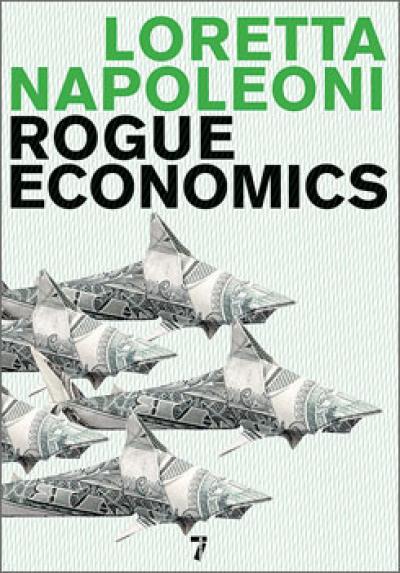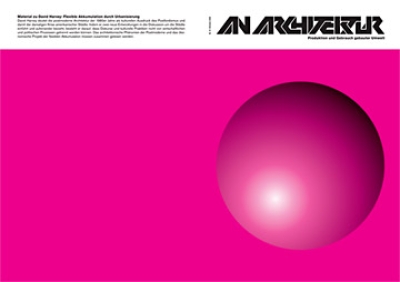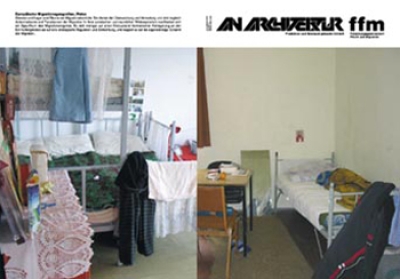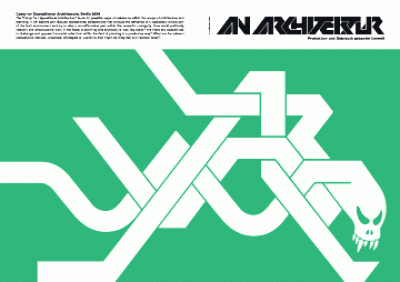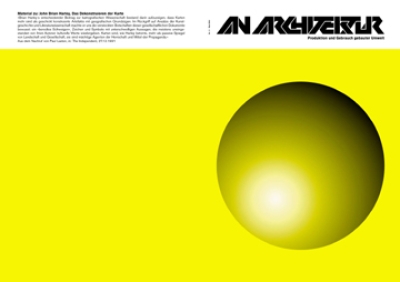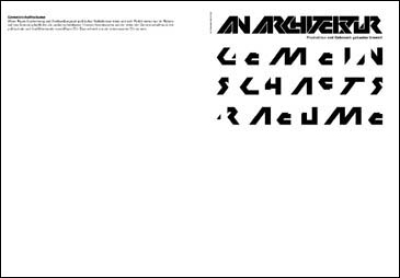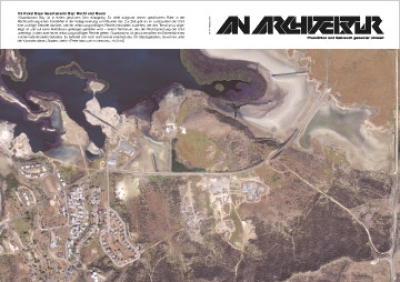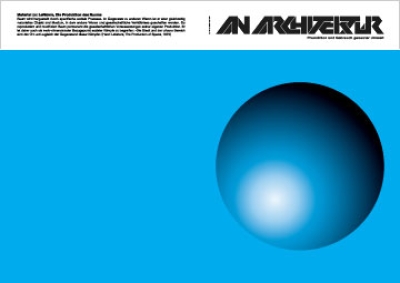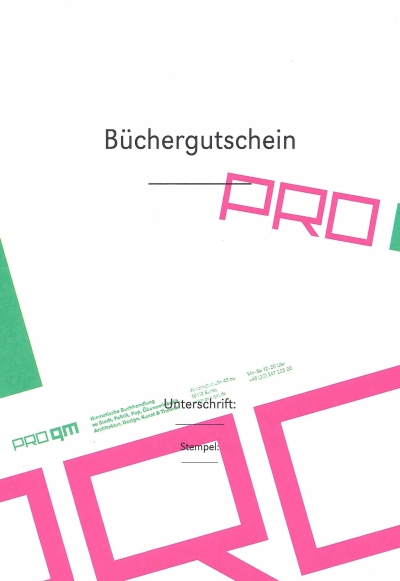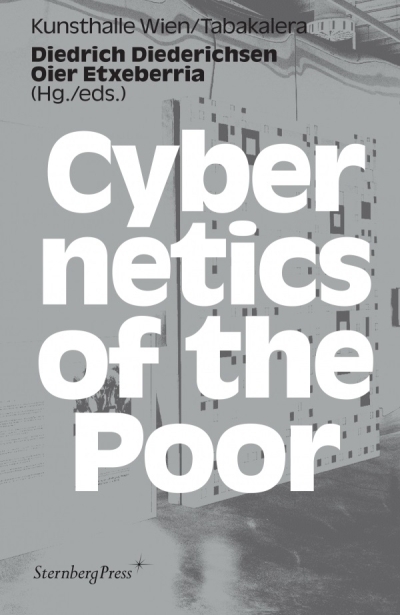
Cybernetics of the Poor
Cybernetics of the Poor examines the relationship between art and cybernetics and their intersections in the past and present. Since the late 1940s, the term cybernetics has been used to describe self-regulating systems that measure, anticipate, and react in response to changing conditions. Initially relevant mostly in the fields of administration, planning, criminology, and early ecology, under digital capitalism cybernetics has become an economic factor (see: big data). In such a cybernetic totality, art must respond to the new situation: as a cybernetics of the poor.
This publication, like the exhibition it accompanies, presents works that use the powerlessness of art—its poverty— vis-à-vis the cybernetic machine to propose countermodels. In addition, it gathers recent and historical works by artists who believed in cybernetics as a participatory, playful practice or who were pioneers in delineating a counter-cybernetics. How much of the “counterforce” (Thomas Pynchon) exists within art when it is conceived as a cybernetics of the poor?
Texts by Sabeth Buchmann, Mercedes Bunz, Diedrich Diederichsen, Oier Etxeberria, Harun Farocki, Alexander R. Galloway. Foreword by Clara Montero and a forward by What, How & for Whom
With artistic contributions by Agency, Ana de Almeida, Alicja Rogalska & Vanja Smiljanić, Eleanor Antin, Cory Arcangel, Elena Asins, Paolo Cirio, Coleman Collins, Hanne Darboven, Jon Mikel Euba, Michael Hakimi, Douglas Huebler, Gema Intxausti, Kameelah Janan Rasheed, Mike Kelley, Ferdinand Kriwet, Agnieszka Kurant, Mario Navarro, Adrian Piper, Lili Reynaud-Dewar, Heinrich Riebesehl, Pedro G. Romero, Constanze Ruhm, Jörg Schlick, Camila Sposati, Kathrin Stumreich, Isidoro Valcárcel Medina, Tanja Widmann, Robert Adrian X less












